KAEI TAP-1 HiFi DACs AMPs – Fuzzy Magic Of Pocket Tubes
KAEI TAP-1 DACs is a $329 USD DAC / Headphone Amplifier, with Dual CS43131 DACs inside, a Tube Preamplifier stage, and a solid state amplifier stage with modular OP-AMPs, that allow you to fine tune and change the sound. The unit can come in multiple variations, with DACs or just as an AMP, and it also can come with a dedicated power supply. Today we will review the TAP-1 and compare it to other similarly priced DAC/AMPs, including Creative X5 (299 USD), FiiO Q15 (399 USD), Shanling H5 (369 USD), and iFi Audio Go Bar (329 USD).

Introduction
KAEI is a new company that just appeared on my audiophile radar a couple of weeks ago, but is already ultra popular, thanks to both the excellent price / performance ratio they offer for their products, but also thanks to innovative new products that have never been seen before on the audiophile market. TAP-1 DACs is a unique DAC/AMP that employs multiple features typically seen in products above 1500 USD, with KAEI products currently available on the official Kaei Design website, with that being the primary official sales channel for their products. As an Amazon Influencer, I earn from qualifying purchases, and using the purchase links in my reviews helps me maintain this website and Youtube Channel. Huge thanks to KAEI Design for providing us with the sample for this review.
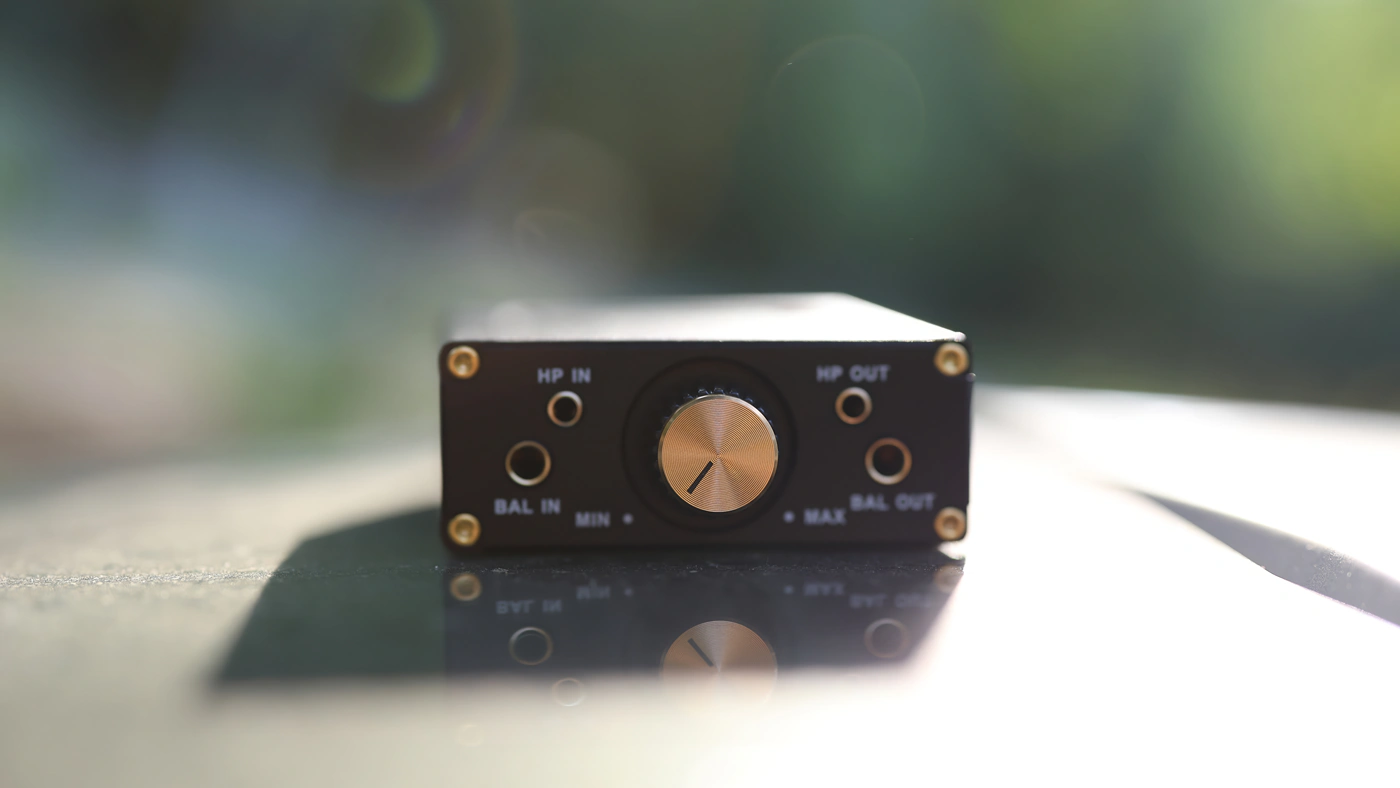
PROs – Extreme price / performance ratio, superb build quality, excellent tube sound, sweet and vivid sounding midrange, smooth and soft treble, and a fuzzy, textured bass to top everything. The sound is very organic and enjoyable for all music styles.
Cons – Audible noise floor and tube noise, highest driving power and performance only available with the desktop LPS Linear Power Supply. No battery indicator
Product Link
You can grab one from the official link here – https://www.kaeidesign.com/
Build Quality/Aesthetics
From the bottom, TAP-1 DACs is a really solid portable DAC/AMP, with a thick metallic casing, multiple outputs, inputs, and with a little glass display at the front. The front of the device is symmetrical, and it has two inputs, line inputs, one in 3.5mm single ended format, and one in 4.4mm balanced format. The right side of the face has two headphone outputs, one in the 3.5mm single ended format, and one in the 4.4mm balanced format. At the center is a large volume wheel, which is fully analogic, and has a bit of channel imbalance at the lowest volumes.
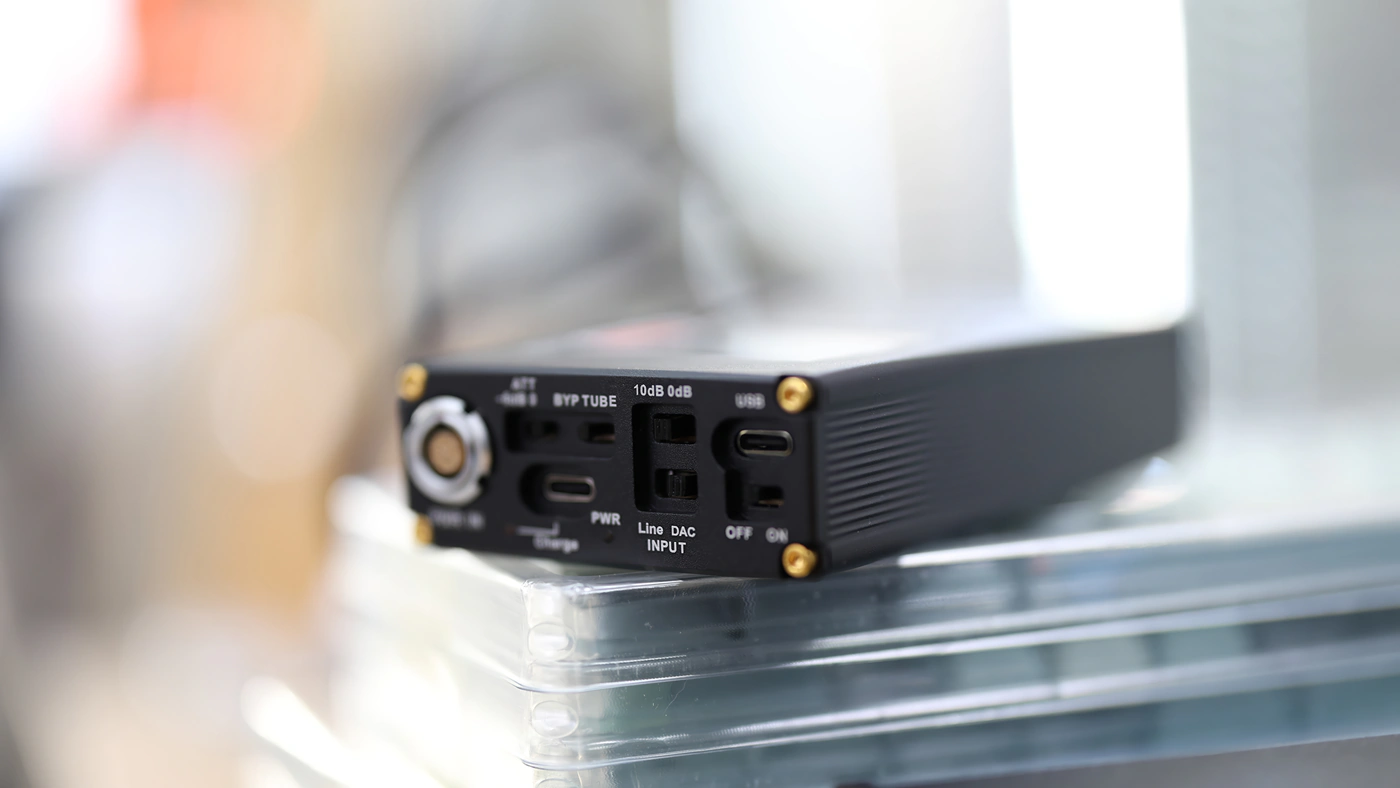
At the back we have the PWR In, which is to be used with the special PSU designed for the TAP-1 DACs. We also have the option to bypass the Tube part of the amplifier, and use it in full Solid State mode. You can charge and power the TAP-1 DAC with a type-c USB cable. We can select the input, between line input and DAC, which will use the USB type-c port on the top right corner of the DAc/AMP. There is a selection between 10dB and 0dB of gain, which is applied as a high or low gain selector. There is an On/Off switch below the USB Data port, and there is an ATT or attenuator which works only for the Tube part of the AMP and will attenuate the volume with 0 or -6 dB to reduce the gain at the tube level and to keep distortion under control.
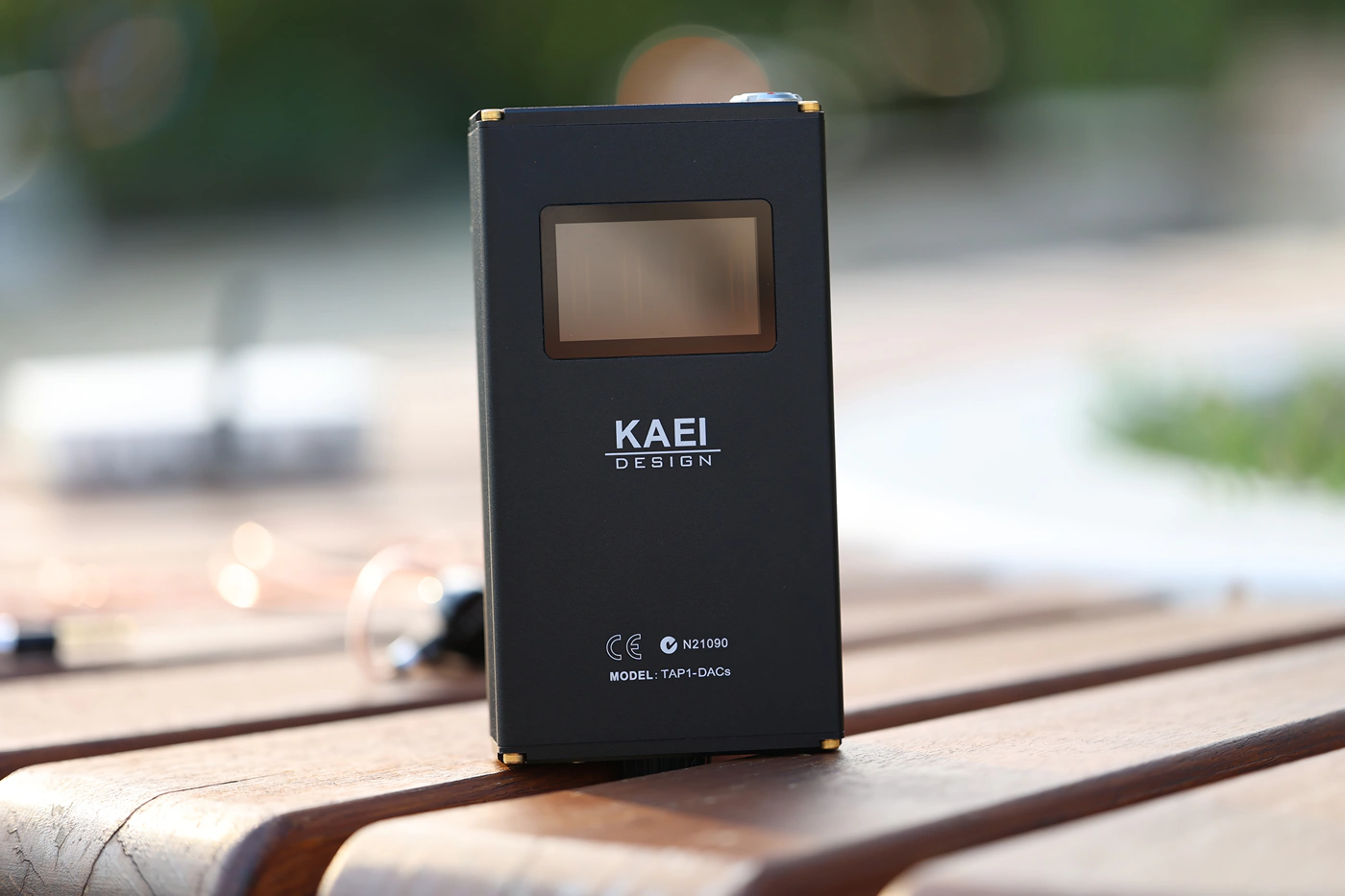
The DAc inside of the TAP-1 DACs is a combo of two CS43131 DACs, and although it won’t make them equal, this is the solution used by iBasso DX170 as well. We have two MUSES02 OP-AMPs, and proper Hifi components used in the build of TAP-1, including American RA non-inductive resistors, Vishay Resistors, Phillips resistors, WMA capacitors and the rest of the components from Omron, Philips and Siemens. The board is layered in two 4-Layered PCB boards. Switching between Tube PRE or Solid State mode is instant.
Besides being able to turn the tube on and off, you can also replace the MUSES02 OP-AMPs, as the Op-AMP socket is modular, and the standard DIP-8 format. It is possible to use the TAP-1 DACs in portable mode for up to 10 hours, having a huge 5000mAh battery, and it can be used in desktop mode, with power provided, forever. The charging has support for QC3.0 and PD, and you can even use a separate Power Bank, which should be as good, if not even better than a Linear Power Supply.
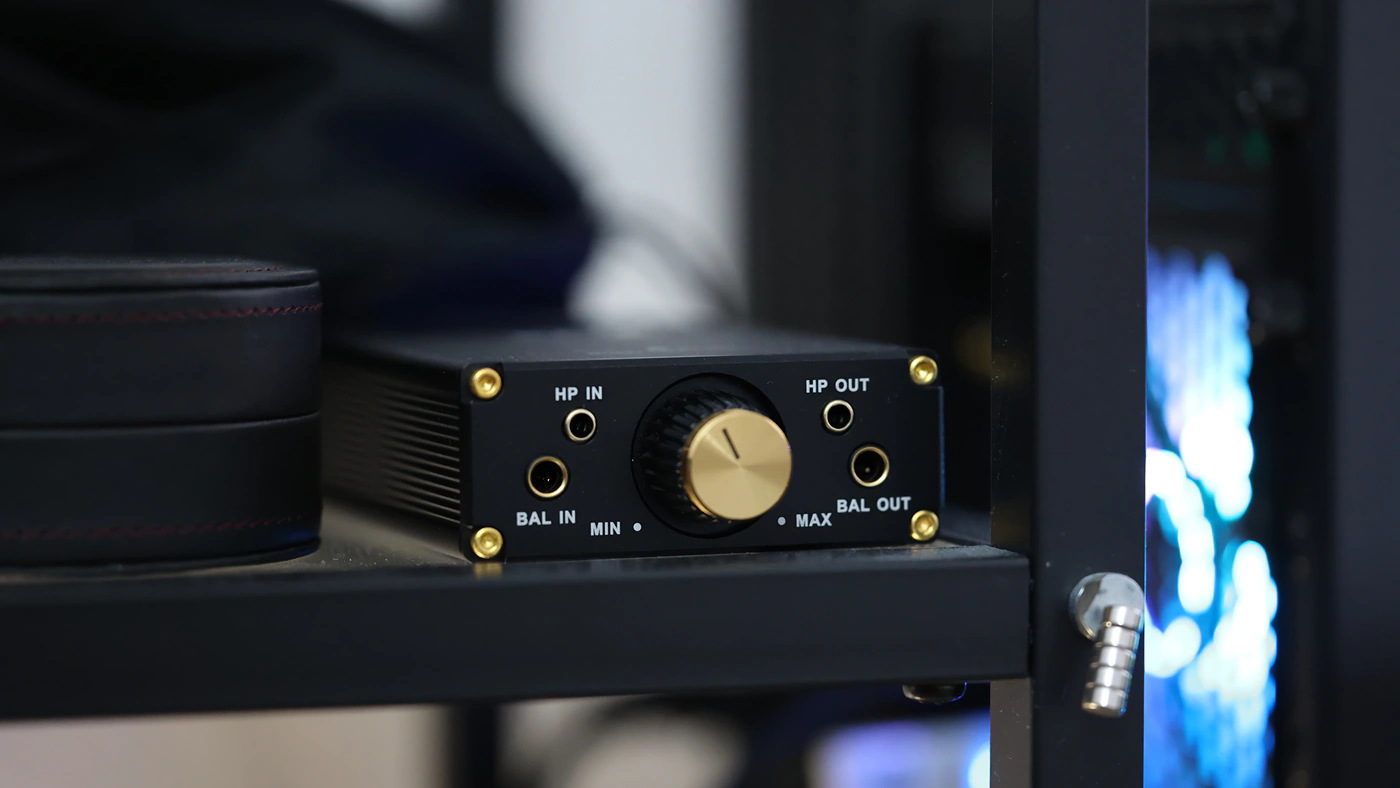
As we are seeing a Tube DAC/AMP, Kaei Design uses a new technology for the Tube part, with four American low-power long-life electronic tubes for the poreamp part. To add a bit of extra fun, there are Air bag shock absorption technology and an exclusive electronic tube suspension air shock absorption technology. In subjective usage, it works very well, and I am hearing no tube microphonic noise if handling the TAP-1 DACs or even giving it a finger TAP, while I do hear this effect with most AMPs that use tubes, including full-sized tube amplifiers. An important secret that Kaei Design has under their belt is that the Tubes used are such low power that the device never gets unreasonably hot or warm, instead having a clean operation with no issues. When you turn on the TAP-1 DAcs, if you move the type-c connector for USB DAC, the sound can have some channel imbalance, but after using it for half an hour, the issue disappears.
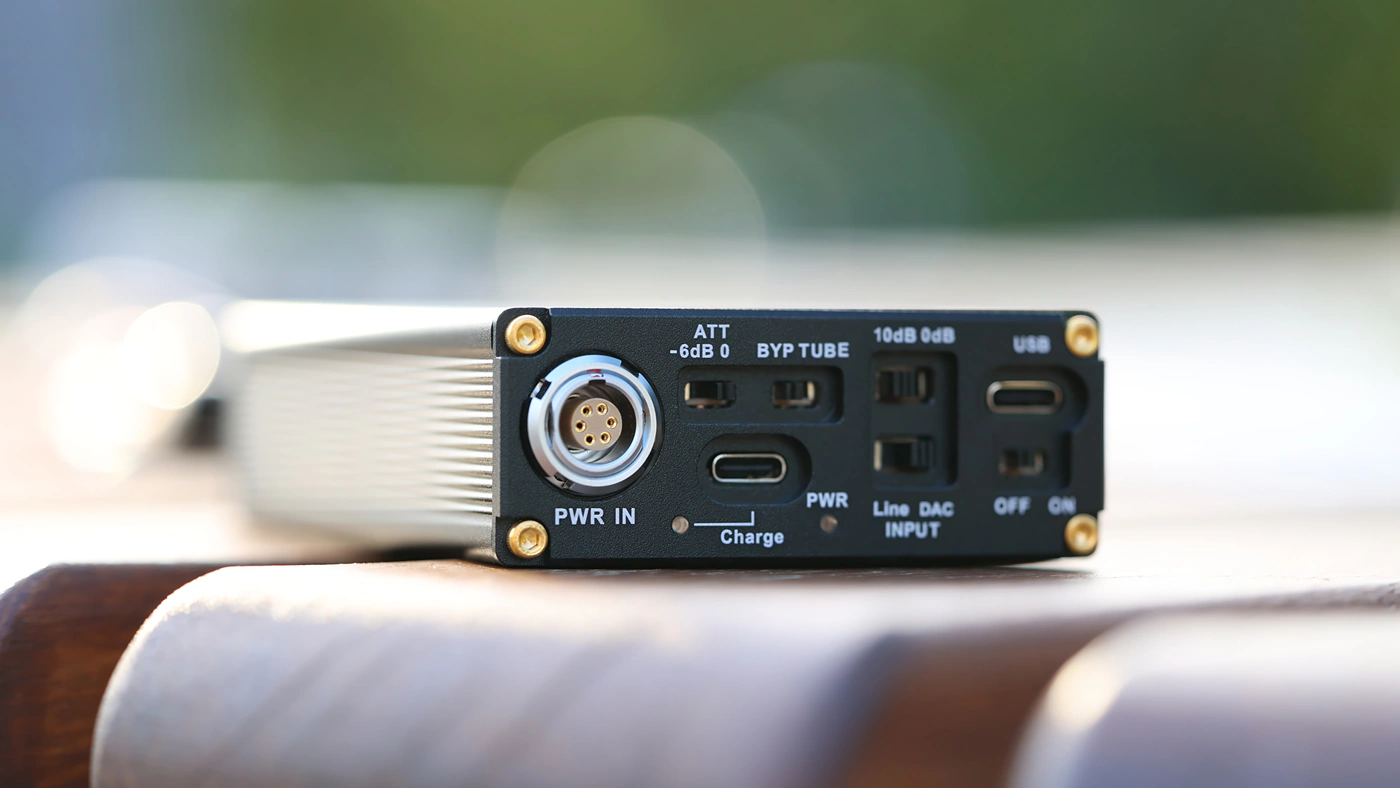
The maximum driving power can climb up to 4900mW, or 4.9 W, but this is achievable only through the desktop mode, and only for the balanced headphone output. With the Battery mode, or portable mode, the maximum power delivery is 3000mW at best, for an impedance of 16 OHMs, for the balanced headphone output. Still, this should be more than plenty enough to drive all headphones and IEMs that you typically would pair with TAP-1 DACs. I found it to be powerful enough for HIFIMAN HE1000SE, HIFIMAN He6SE, perfect for Crosszone CZ-8a Enhanced, Crosszone CZ-10, Dan Clark Aeon Noire, Dan Clark Audio Expanse, and Audeze LCD-5. It is way too powerful to not be taken seriously, but with the tube turned on, the THD is a bit higher, and you can hear a background noise floor even with headphones at times.
With IEMs including Campfire Bonneville, Campfire Cascara, Sennheiser ie900, Sweear He-live5, ZiiGaat Cincotres, and Soundz Blade V2, you will get a punchy and dynamic sound, but you will hear the noise floor, either with the tube turned on or off. With the tube turned on, although there is no microphonic handling noise, the sound has a lot of tube THD distortion, which is audible. The only real downside I have seen from a constructive perspective is that there is no battery indicator, and if you use it portably, you never know how much battery is left.
Sound Quality
Overall Signature – There are two different tunings and signatures to be had with the TAP-1 DACs, although they are similar enough that we can explore them at the same time. The Tube PRE sound is sweeter, more organic and cohesive, but also has quite a bit of tube characteristic distortion, and a bit of overdrive / high gain, which can be heard with most music. The sound has a specifically sweet and fuzzy feeling to it, which works really well for rock, metal, and guitar music in general, as most high-end guitar cabinets and AMPs use tubes, so my soul really likes the sound of bands like All Time Low, or anything with a guitar when using the tube Pre. The solid state mode is much cleaner, but also dry, it sounds precise, but a bit too tight, creating a sound that is much better for synths, square waves, and music that is not produced naturally with a tube distortion. Classical music, for example, sounds much better with the Tube mode off, as it is cleaner, and the characteristic tube distortion doesn’t emphasize it, at least the tubes used here.
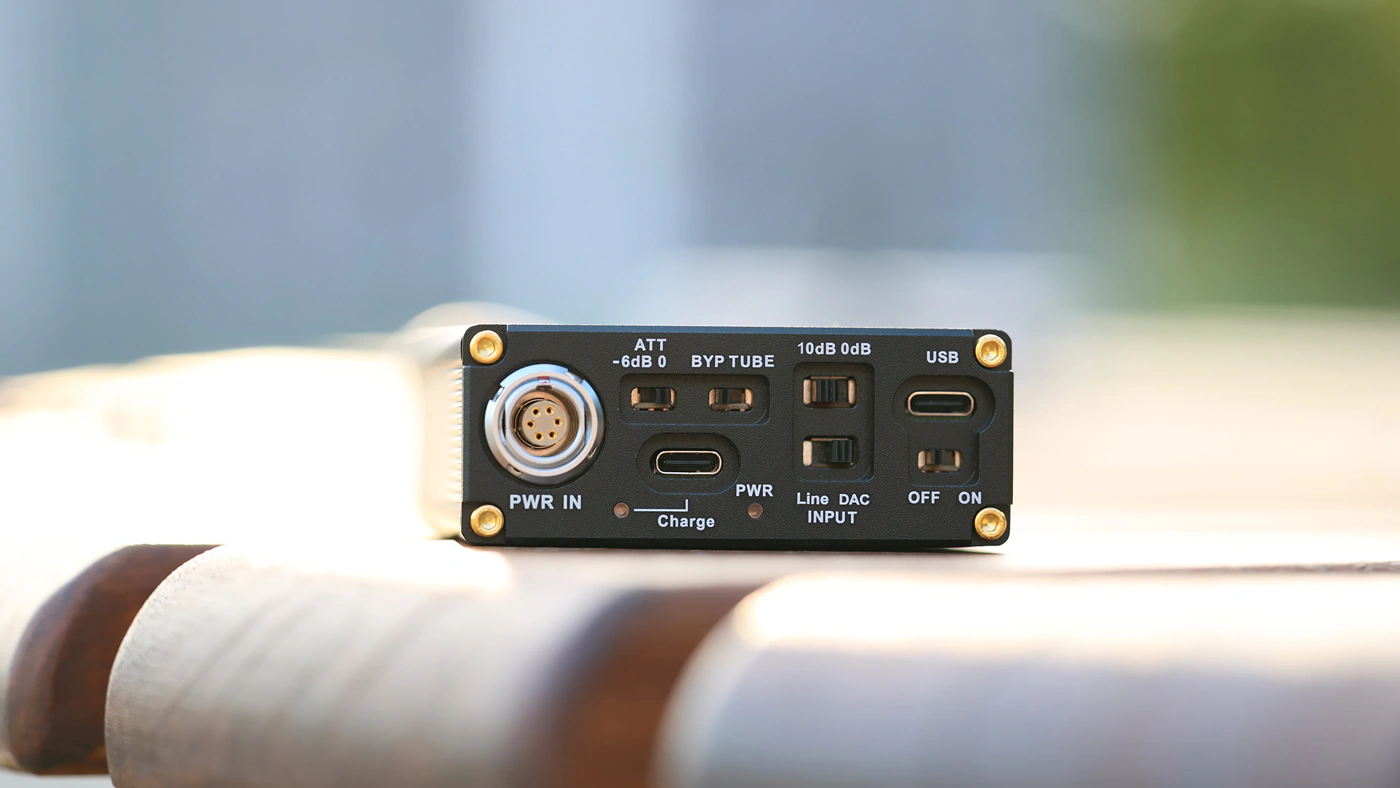
Bass – The bass reproduction of the TAP-1 DACs is fuzzy, wide and large, while depth is natural. Most of the bass energy starts at 50 Hz, with the energy down lower being more limited. This seems to be characteristic of tube AMPs, and most devices with a tube PRE, with a few select exceptions, will have more perceived warmth and energy in the mid bass. Even when you switch the tube part off, most of the energy is in the mid bass, for the low end. There’s no veiling of strong coloration of the sound, but there is a good sense of resolution, with the bass being presented with all the fuzz you can imagine, minor vibrations and reverberations being easily audible. Bass speed is slow, with overlapping decay lengths, bass feels warm, but gives time for sound to happen. With the MUSES02 OP-AMPs, so with no tube, the bass gets much tighter, quicker and more resolving, at the cost of warmth and smoothness, as it gets harder too.
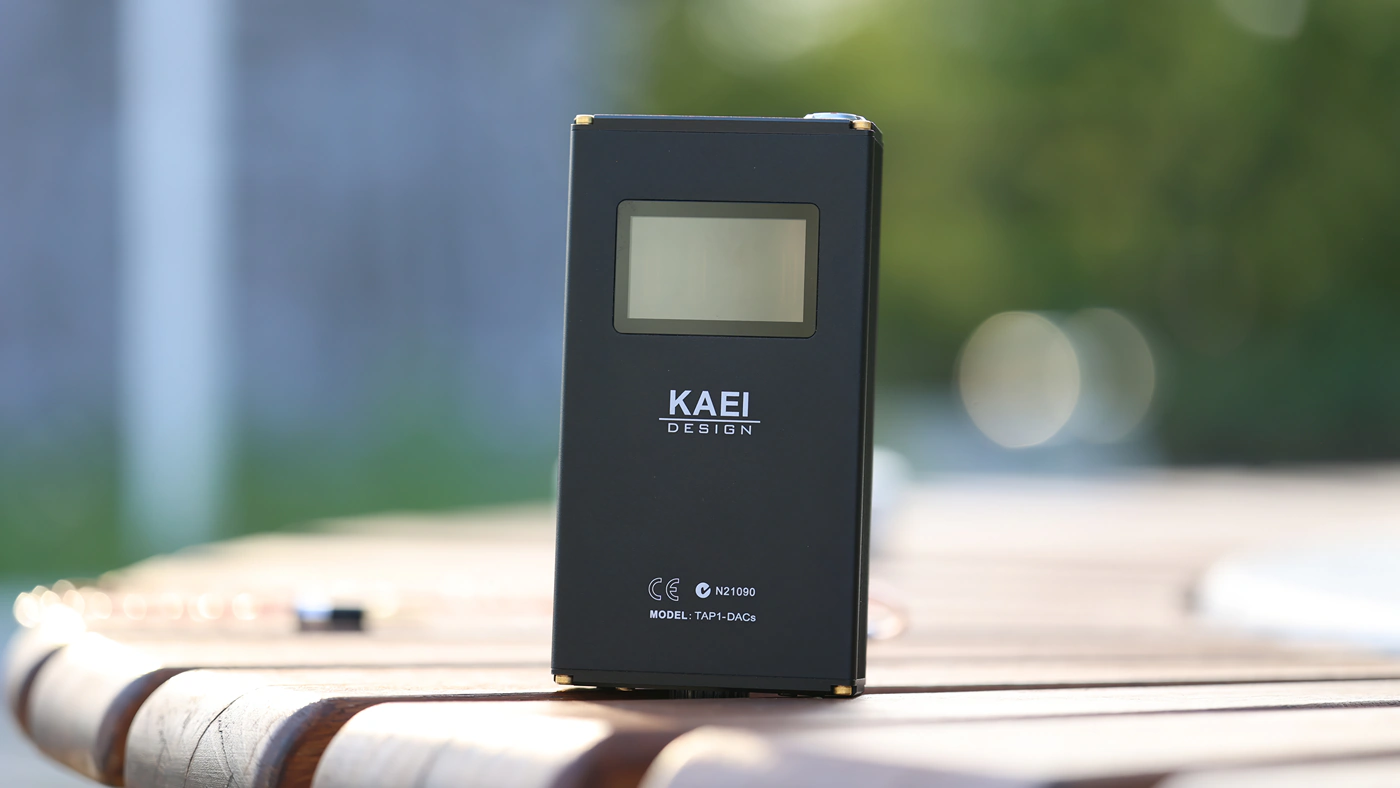
Midrange – In the mids is the true magic of the TAP-1 DACs, and here is where the tube setting has the highest impact as well. You can expect a vivid, colorful midrange, with an exceptional dynamic and resolution, a fairly natural soundstage, while instruments blend together really nicely, creating the feeling of cohesiveness and musicality well. With the Tube PRE Turned on, you can expect a sweet, organic, warm and fuzzy sound in the midrange, but with the extra THD characteristic of tubes. With the MUSEs02 OP-AMPs, you will notice a better instrument separation, less blending between instruments, but a more dry and harsher sound, with much less smoothness, but also a much lower THD or distortion. The lower THD in the midrange, makes the super textured bass more evident, and the tuning is flatter, colder and more studio-like, feeling more resolving at the cost of losing the magical part that was brought on by the tube. The tube sound seems to help with guitars in general, which sound really dry and flat in the SS mode. Evne if you have an EDM song that has any kind of guitar sound, like BArely Awake – Dead Butterflies, the tube mode sounds so sweet, organic and vivid, that I keep it engaged just for the sake of it.

Treble – If you’re a fan of a natural treble, you will enjoy both the tube mode and the SS mode, both sound natural, with a smoother, slower treble that has a natural body, and a pleasing sound to it. I found that TAP-1 DACs are never harsh nor metallic, it effectively takes away the edge typically found in brighter sounding dAC/AMPs. For a pleasing feeling that works well with metal, rock, but also EDM and pop, TAP-1 offers more than I bargained for.
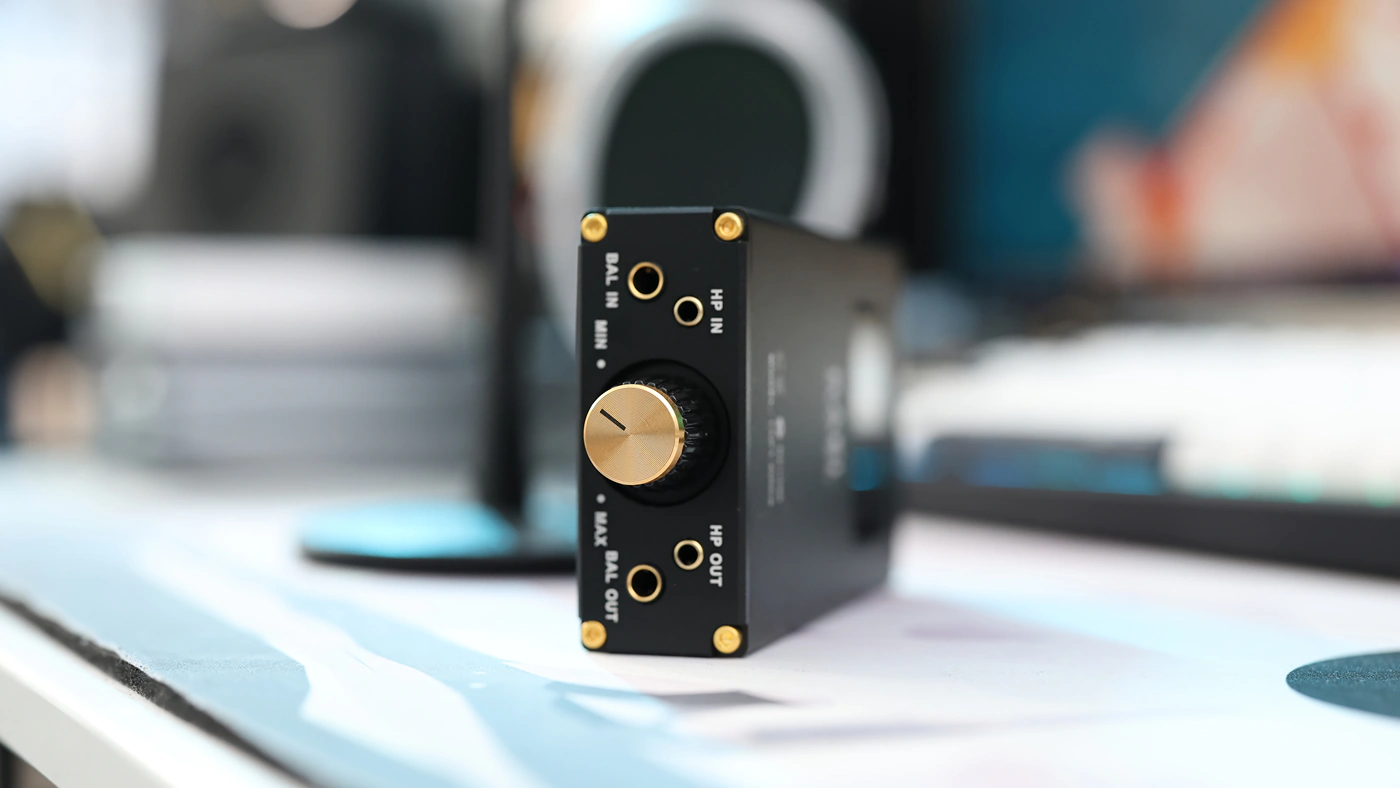
Volume Control – Volume control is very good, with the sound being fairly consistent from the lowest to high volumes. At maximum volume, the THD grows, and it does so quickly after around 3 o’clock. The actual driving power is very high, but it comes with a high THD and noise floor for the maximum volume, so I find the sound to be most pleasing and best sounding with headphones that are hard but not ultra hard to drive. For example, HIFIMAN Arya Organic sounds really nice when driven from the TAP-1 DACs, while HE6SE is a bit too much, and the sound gets quite fuzzy. This works really well for rock and metal though, and as those make up more than 50% of my listening habits, I like TAP-1 DACs super loud too.
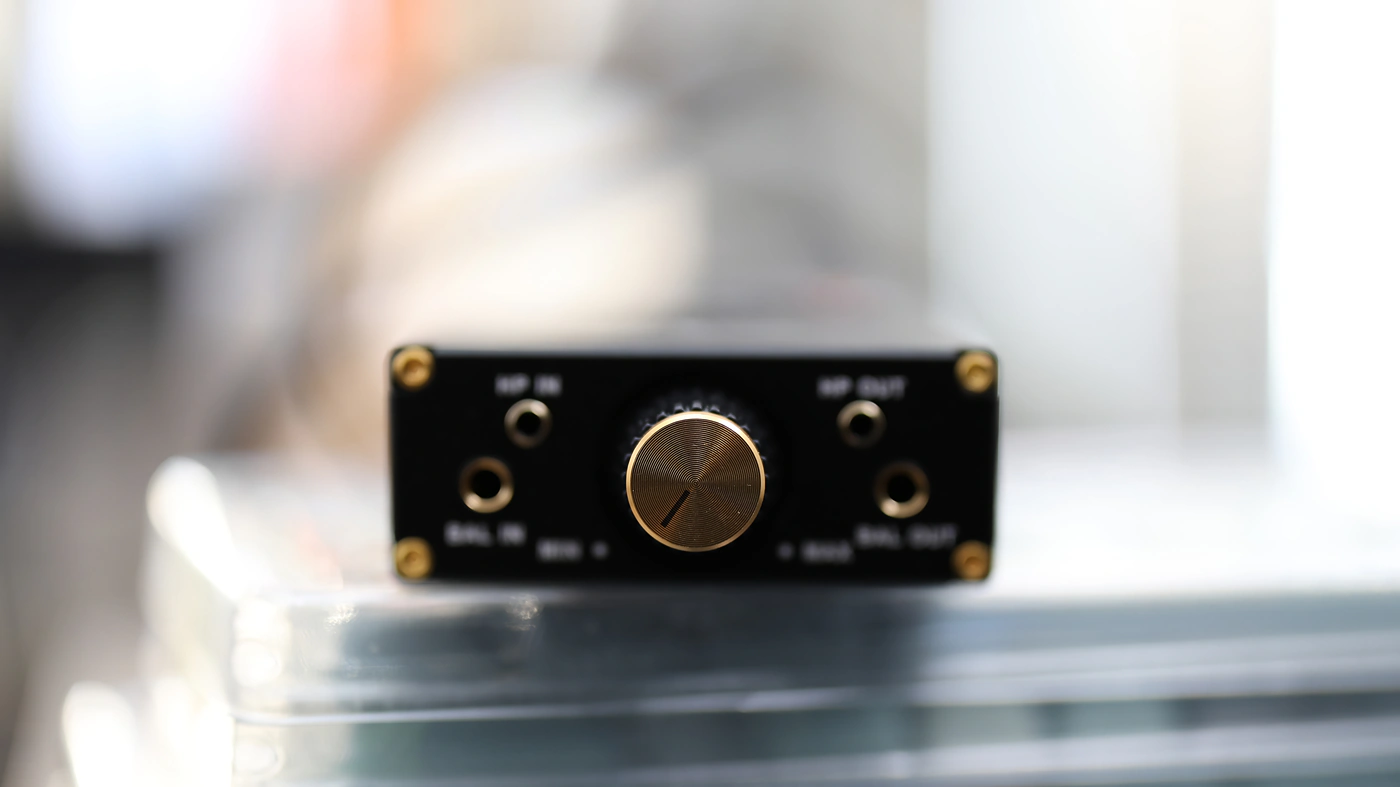
Dynamics / PRaT / Textures – The texture presentation is very different, the Tube mode sounds much more textured, sweeter, but also more fuzzy and each texture is overemphasized sounding a bit overdriven and like it has a high gain. This is the characteristic tube sound that everyone wants to get for their headphones and IEMS, and it works beautifully well with rock, metal and music that normally has a high distortion, but for techno music, for example, it makes the songs more natural, realistic, organic, but also the synths sound less like synths and synthetic instruments. If you bypass the tube, the sound is more precise, textures are fast and dry, clarity is improved, as you hear more micro textures and micro details.
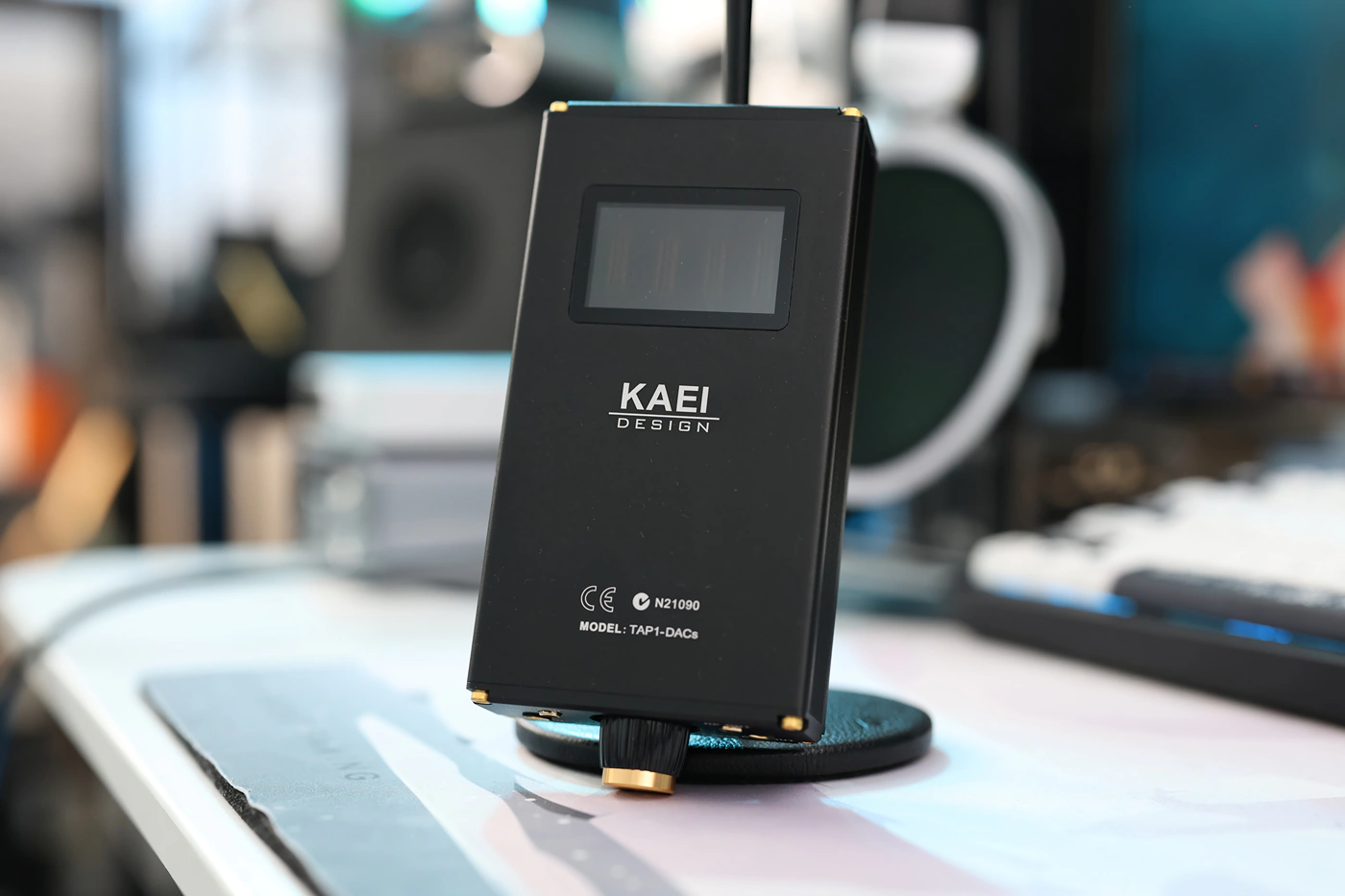
Soundstage – Soundstage is wider, better separated and airier when the Tube is turned off. When you turn on the tube mode, you hear the soundstage becoming intimate instantly, voices are brought forward, and most lead instruments are too, with the background instruments sounding atmospheric and ethereal in the background. Overall, Tube mode sounds sweeter, but also intimate and focused, while SS mode sounds wide, airy, clean, flat and resolving.
Gaming Usage
There is no USB DAC delay, and TAP-1 DACs is perfect for playing real-time content, including music videos, competitive games and working with music software, as it doesn’t have any bugs when being used with DAWs, even adobe audition. I would use it as a DAC/AMP, as the DAC inside is of a good quality, and you won’t get too much of an advantage if using an external DAC.
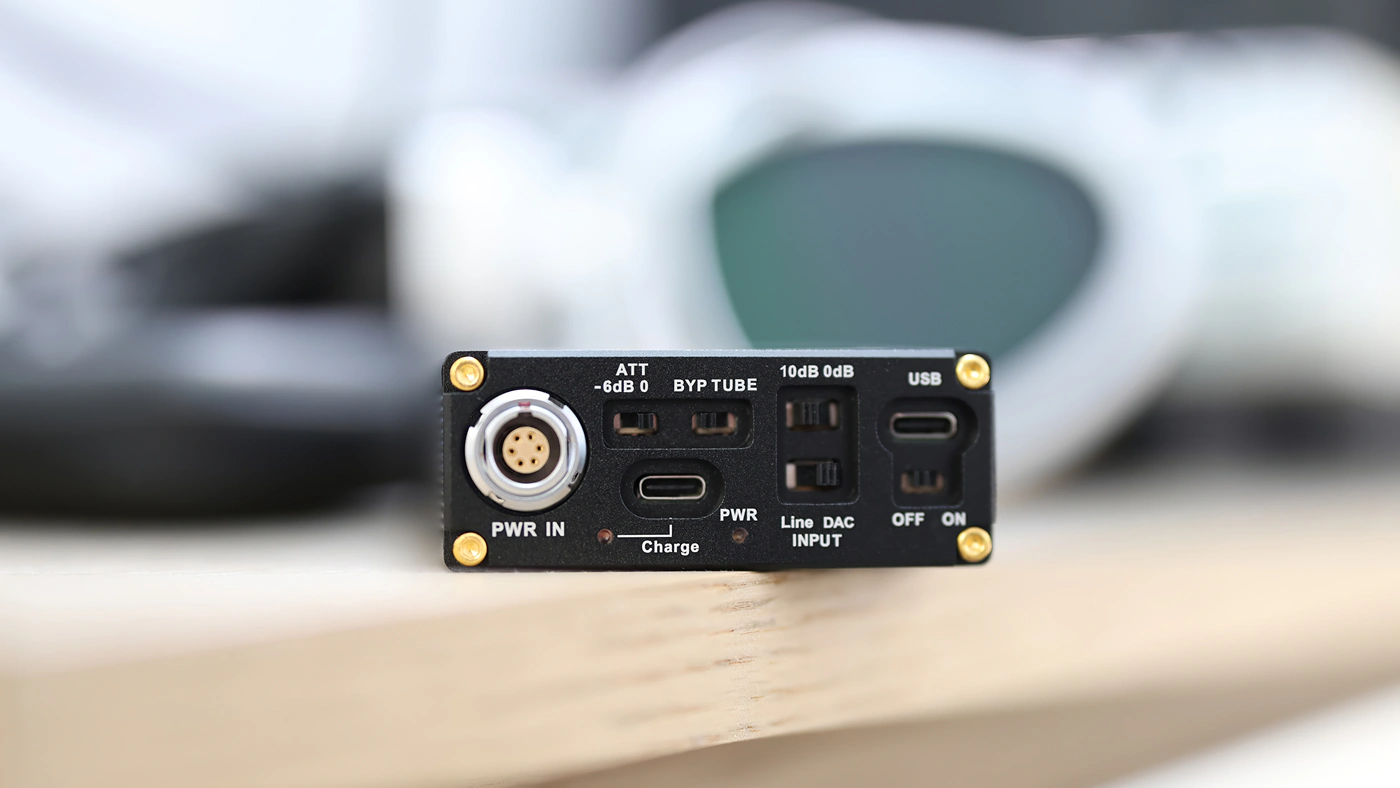
For games, the warmer, fuzzy sound will not help much with positioning, and the tube sound is wide, but blended together, so it is best for atmospheric games where you want less separation, more sweetness and engagement. In Solid State mode, so when the Tube Preamp is not engaged, the sound is much cleaner, deeper and more detailed, the instrument separation is better, and then it becomes more than adequate for playing competitive games in real time.
Comparisons
KAEI Design TAP-1 DACs vs Creative Labs Sound Blaster X5 (329 USD vs 299 USD)
Build – Creative Sound Blaster X5 is a desktop DAC/AMP that has a really good build quality, exceptional performance with computers, and a high driving power, having a similar level of noise floor and THd compared to TAP-1, with a similar level of versatility. While X5 offers a microphone input, TAP-1 can be used as a standalone tube PRE / Headphone AMP.
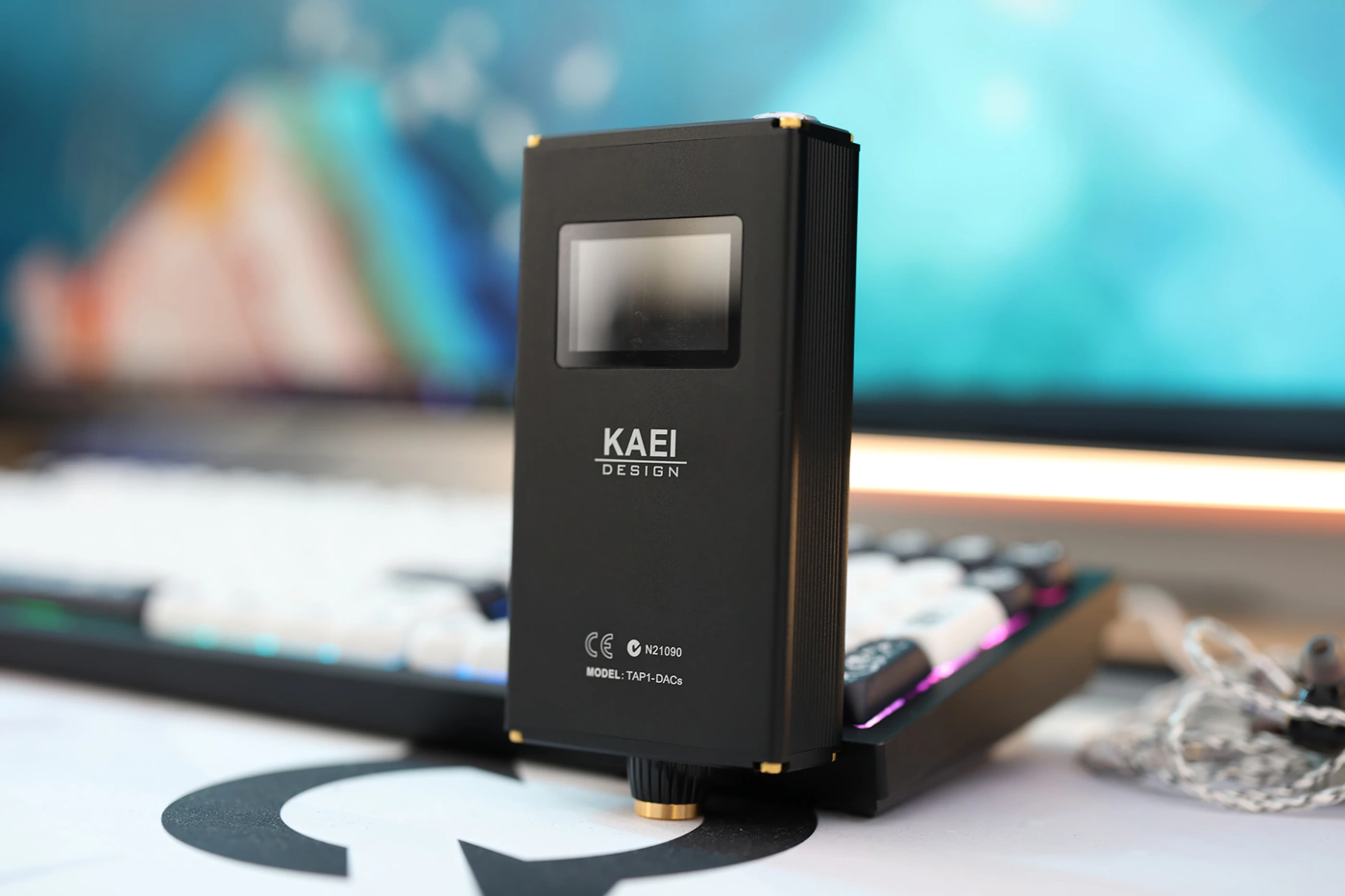
Sound – Sonically, the maximum driving power of TAP-1 is much higher, while X5 does have a surprisingly high max level for headphones, it is not quite where TAP-1 DAC is. The actual sound is sharper, more metallic, and more neutral as presented by X5, but with a sweet and colorful midrange. By contrast, TAP-1 DACs sound much sweeter, more colorful, more textured and far more intimate, bringin the lead voices and lead instruments right up in your head and ears, X5 pushing everything farther off into the distance. Both DAc/AMPs have a high performance, X5 has a standard SS sound, while TAp-1 has a more coloured sonic ability, especially if using the tube PRE mode.
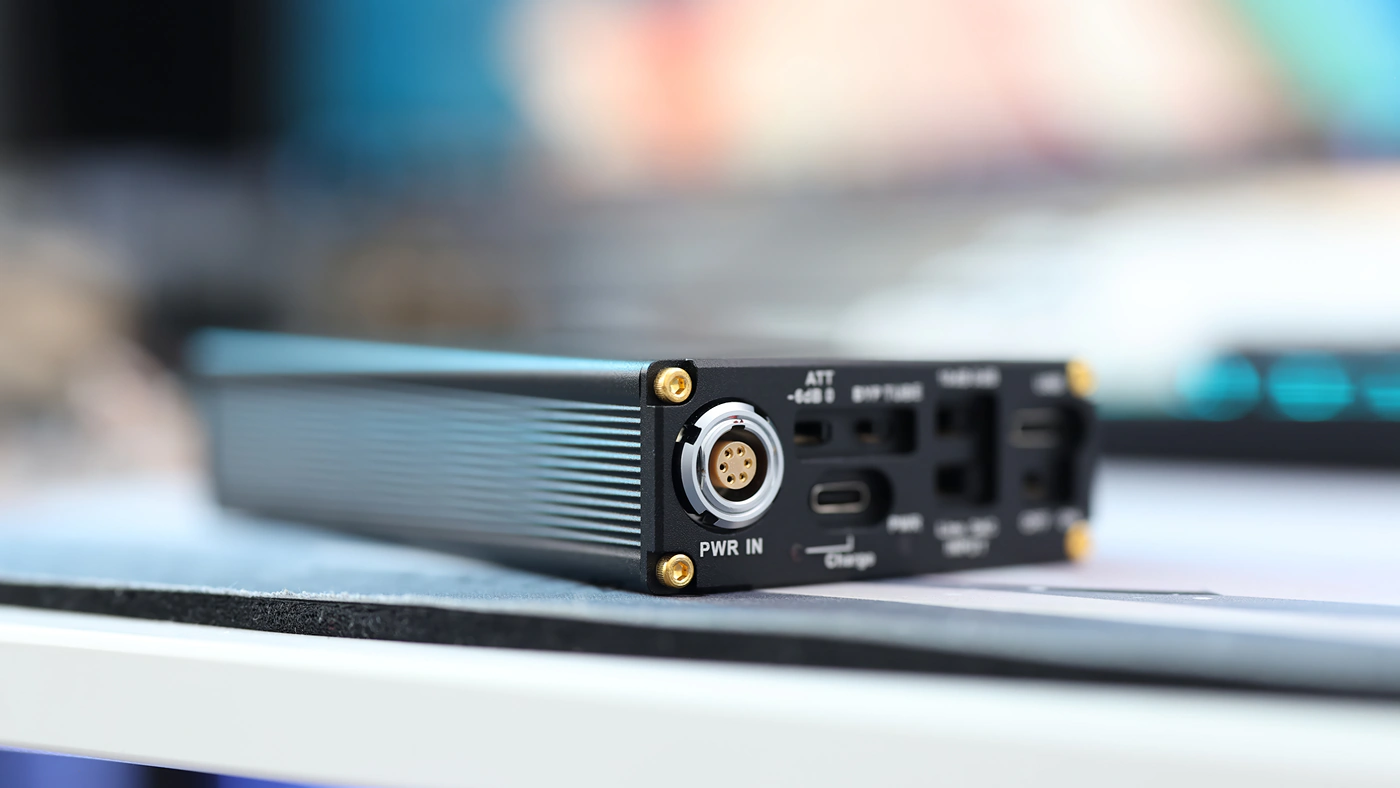
KAEI Design TAP-1 DACs vs FiiO Q15 (329 USD vs 399 USD)
Build – FiiO Q15 is the most competitive alternative to TAP-1 DACs, being 25% pricier, but offering a similar degree of freedom, with both devices having a perfect USB DAC function with no delay. Q15 has a lower noise floor with IEMs, although it is audible, while the maximum driving power is higher on the TAP-1 DAC, with a higher level of dynamics and engagement for large and hard to drive headphones. The DAC inside is comparable in performance, but Q15 can be more controller and low and very low volumes. Q15 is more versatile as a portable device, having even LDAC, while TAP-1 can be used as a standalone AMP, and has a tube pre function, unique to it in the price range.
Sound – You can have a higher degree of precision with Q15, and the extra money invested in it gives you a more precise sound, but the midrange is colder, more traditional, flatter and more dry, compared to the much more organic, sweeter sounding, and more colorful midrange of the TAP-1 DACs. There’s a good sense of space and air on q15, while TAP-1 DACs are intimate and natural. Q15 is made for those who want a high quality DAC AMP that has a more standard solid state sound, a sharper, more metallic treble, and a beefier bass in the sub lows, while TAP-1 DACs offers a warmer, narrower sound with a more fuzzy, textured and organic sound.
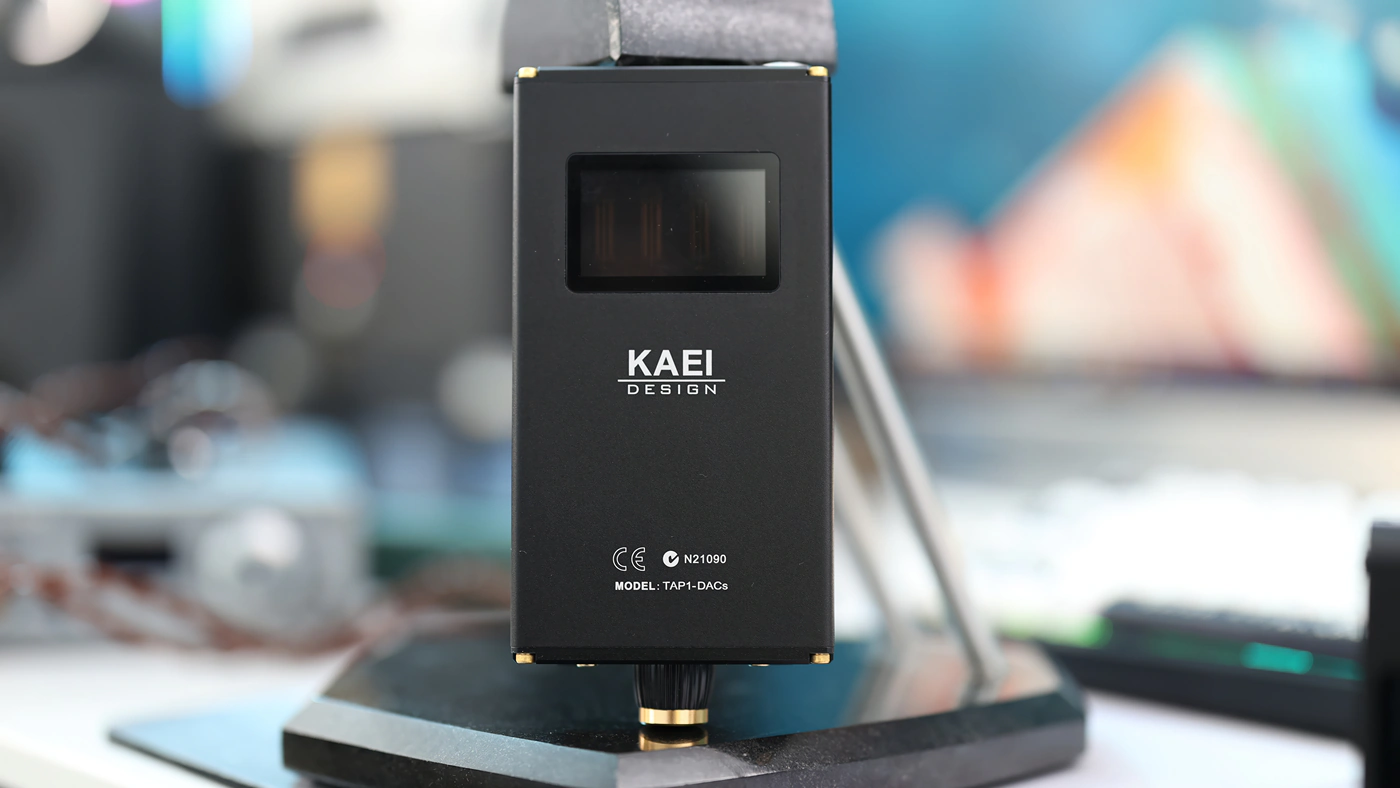
KAEI Design TAP-1 DACs vs Shanling H5 (329 USD vs 369 USD)
Build – Shanling H5 has a versatile design, exceptional build quality, and has a bit of extra versatility for portable usage, while TAP-1 DACs are made to be used with a desktop computer. To drive IEMs, H5 has a lower noise floor, while TAP-1 DACs has a higher maximum driving power, for driving headphones. There is less USB DAC delay with TAP-1 DACs and it works better for desktop usage.
Sound – Shanling H5 follows a tried-and-tested formula of offering a warm sound, with a thick bass, smooth treble, and a thick, heavy sounding midrange. It feels like heavy cream and sounds like it, while TAP-1 DACs offers a more agile sound, higher speed, more fuzz, a more colorful midrange, more textured bass, and a more energetic treble that has more extension and air. H5 is perfect if you want the kind of heavy, thick and bassy, lush sound it provides, while TAP-1 DACs offers a fuzzy, highly energetic and engaging alternative with a more natural quantity of everything in general.
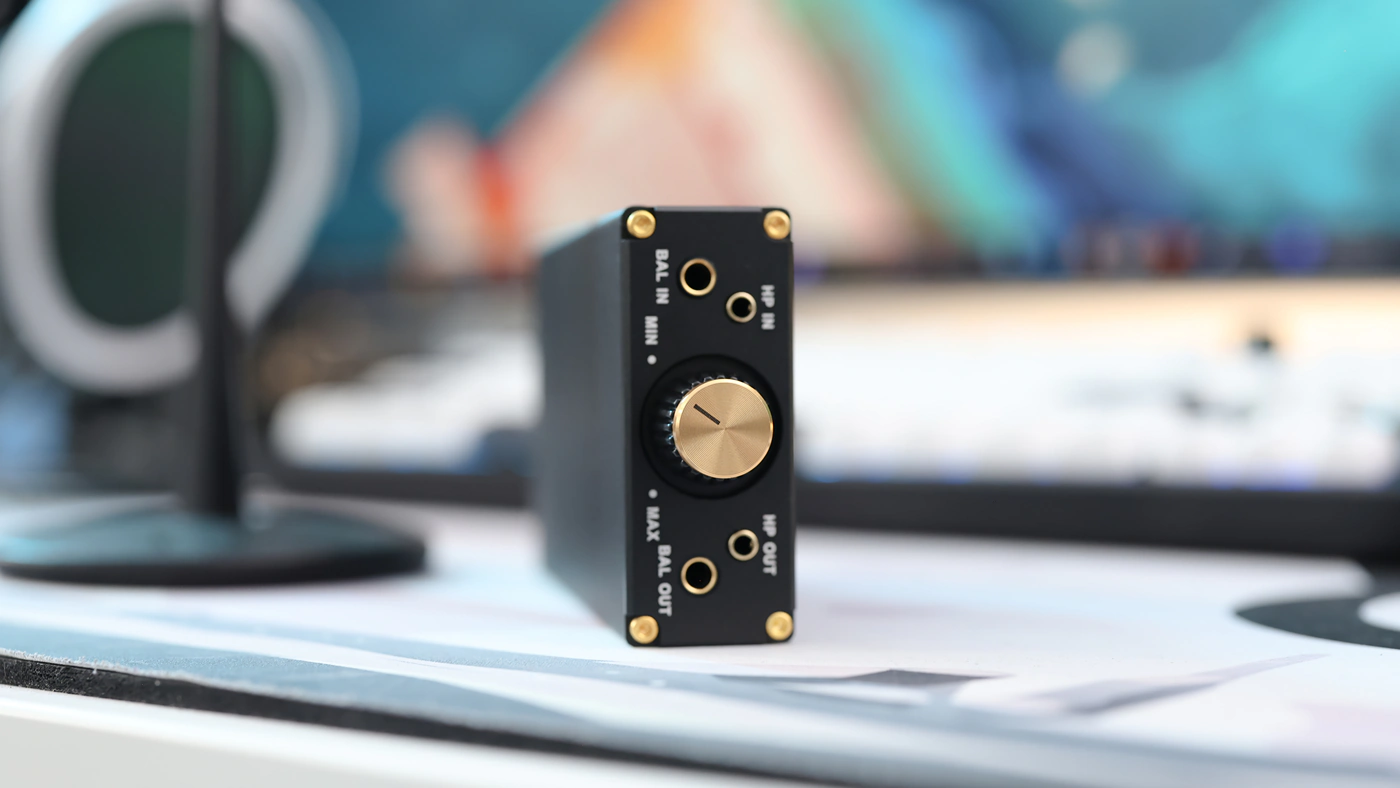
KAEI Design TAP-1 DACs vs iFi Audio Go Bar (329 USD vs 329 USD)
Build – Functionally, Go Bar is very simple, it gets hot during usage, and has only one sound possible, with control buttons and a small, metallic shell. TAP-1 DACs also have no USB DAC delay, both are great for real time content, but Go Bar has a lower noise floor and THD, while TAP-1 DACs has a far higher number of inputs, outputs, and is more versatile in general.
Sound – Sonically, Go Bar sounds detailed, clean and fun, while TAP-1 DACs is more intimate in the soundstage, sounds fuzzy and warm, more organic and vivid, with the added tube magic making it more fun to listen to with rock, metal, and acoustic music that has guitar. Go Bar is an ingeniously small dongle DAC AMP, but TAP-1 DACs have a higher maximum driving power, and a more colorful sound, although for IEMS Go Bar has a lower noise floor.
Value and Conclusion
Kaei Design creates what I consider to be a full success for a portable DAc/AMP, and although this is the first product I am reviewing from the company, it is a full success, and what I can confidently call ultra price / performance ratio, offering so much driving power, and a sweet, engaging sound, for a much better price than the market has for the novelty offered in TAP-1, including tube Preamps, highly effective DAC/AMPs with no DAc delay, and a strong headphone amplifier.
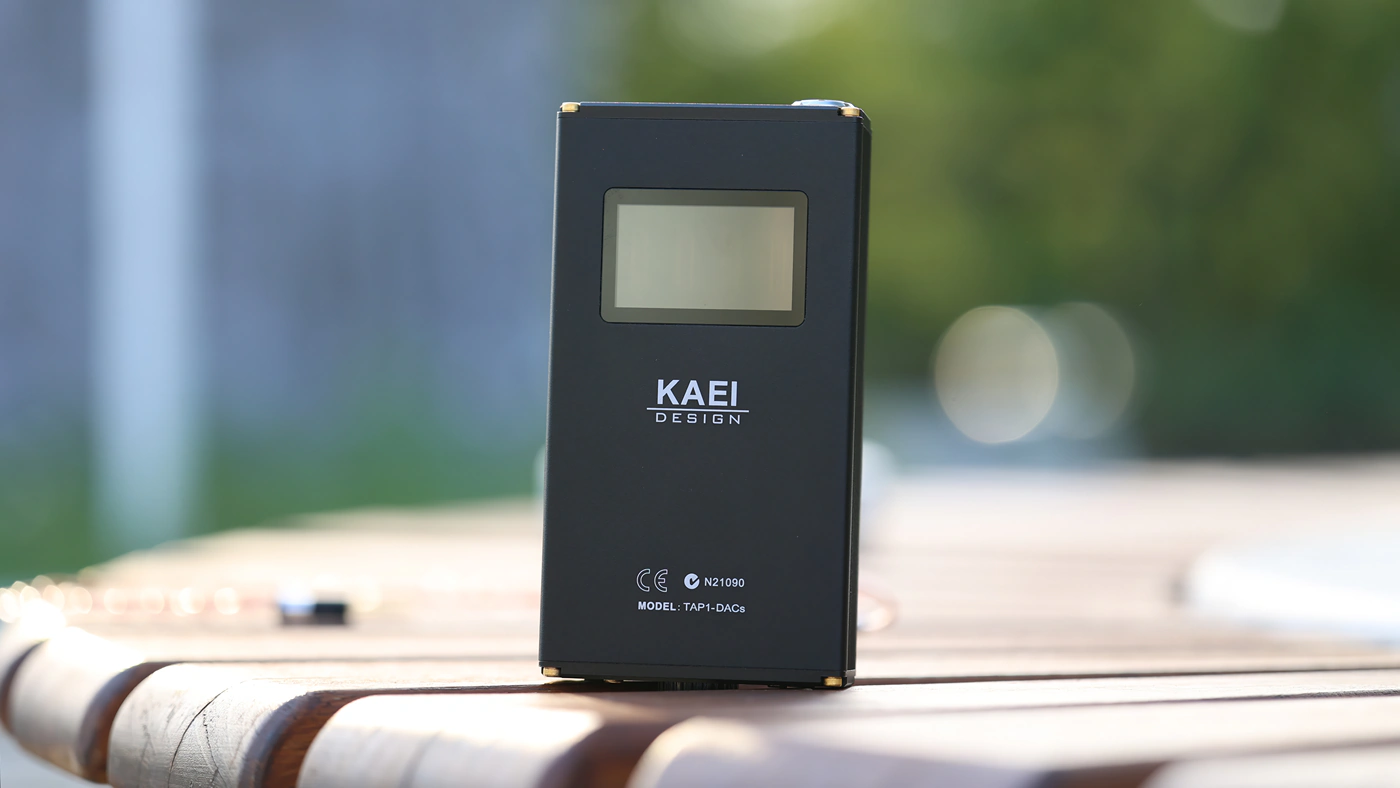
At the end of the day, if you’re looking for exceptional support, a warm, fuzzy sound, and a high driving power, working best for headphones, I fully recommend Kaei Design TAP-1 DACs, the most affordable yet highly effective DAC/AMP with a Tube Pre in the entry-level range.
Product Link
You can grab one from the official link here – https://www.kaeidesign.com/
--- Please remember to stay safe, and always have fun while listening to music!---
- If you have a dime to spare, please donate, and help us! It would make the day brighter for me and my wife-
Full Playlist used for this review
We listened to more songs than those named in this playlist, but those are excellent for identifying a sonic signature. I recommend trying most of the songs from this playlist, especially if you’re searching for new music! The playlists are different for Spotify, Tidal and Youtube, and based on the songs I enjoy and are available on each!
https://www.youtube.com/playlist?list=PL_cjBXGmwSHSdGcwuc_bKbBDGHL4QvYBu
https://open.spotify.com/playlist/5J3oloz8Riy9LxEGenOjQ0?si=979ba4f082414be7
https://tidal.com/browse/playlist/330fd544-8e5b-4839-bd35-676b2edbb3d5
--- Contact Us ---





